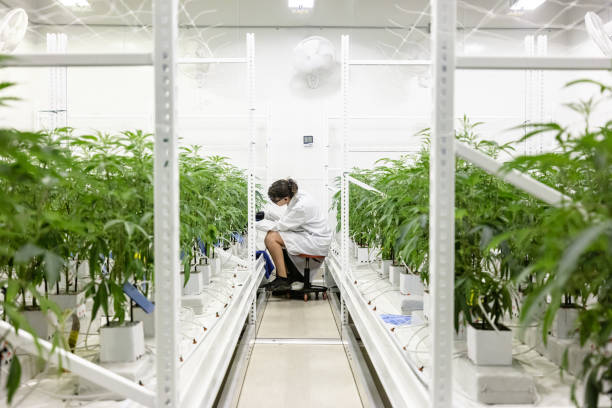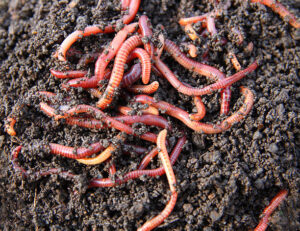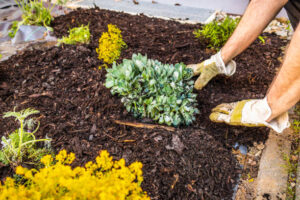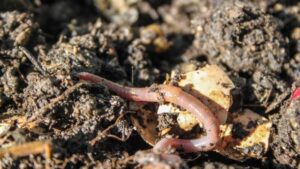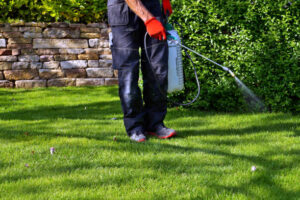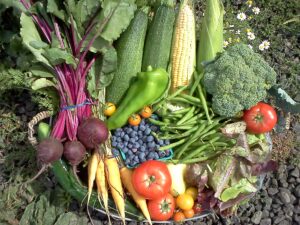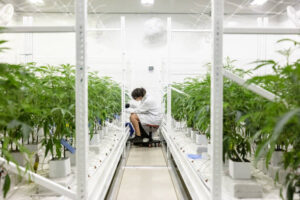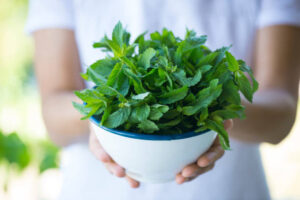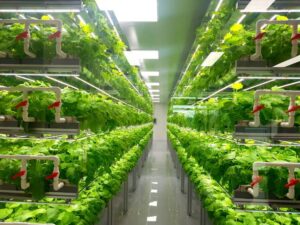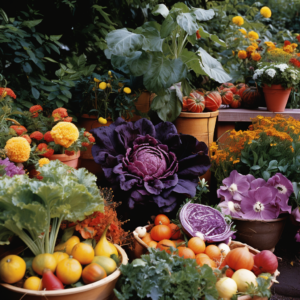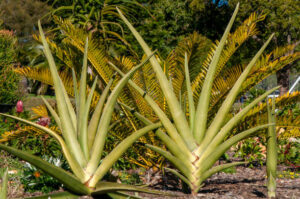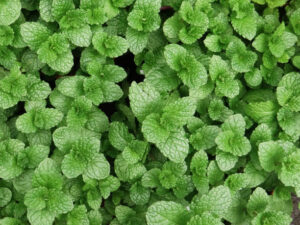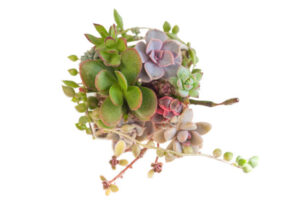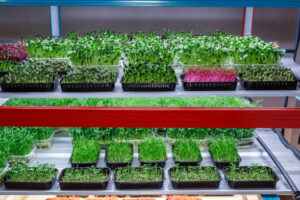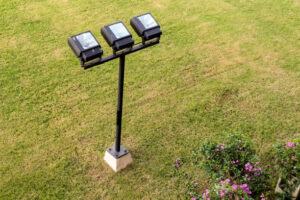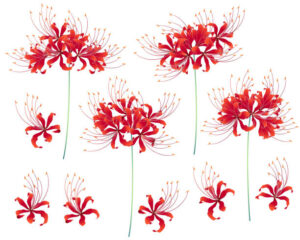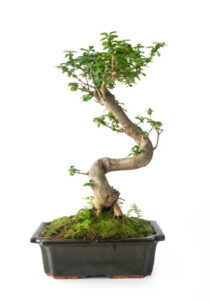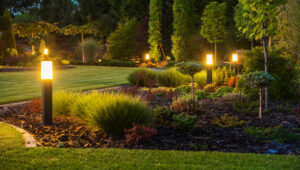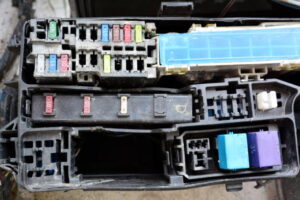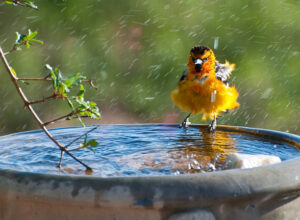The Ultimate Guide to Choosing LED Grow Lights
Introduction:
So, you’ve decided to take your green thumb indoors and create a thriving oasis for your plants. One key player in this horticultural adventure?
LED Grow Lights.
But with so many options on the market, where do you start? Fear not, fellow plant lover – we’ve got the ultimate guide to help you choose the perfect LED grow lights for your indoor garden.
Understanding Light Spectrum:
Plants have their own preferences when it comes to light, and it’s crucial to mimic the natural sunlight they crave. LED lights offer a spectrum that spans from blue to red, catering to different growth stages. For lush foliage, focus on blue light, while red light encourages flowering and fruiting. Also, different plants have different lighting requirements. Understand the specific needs of your leafy companions and adjust the light cycle, color temperature, and intensity accordingly. Most plants benefit from 12-16 hours of light per day, but research your specific plants to tailor the lighting to their liking.
Wattage and Intensity:
Size matters, but it’s not just about the physical dimensions of your grow lights. Consider the wattage and light intensity to match the needs of your plants and the size of your growing space. A good rule of (green) thumb is to provide 20-40 watts per square foot for most plants.
Energy Efficiency:
LED grow lights are the superheroes of energy efficiency. Not only do they save you money on your electricity bill, but they also emit less heat, reducing the need for additional cooling. Look for lights with a high PAR (Photosynthetically Active Radiation) value for optimal efficiency.
Check for Dimming Capability:
Some LED grow lights come with dimming capabilities, allowing you to adjust the light intensity according to the specific needs of your plants. This feature is particularly beneficial during different growth stages, providing flexibility and helping you optimize energy consumption.
Understand Your Space:
Assess the size and layout of your indoor garden space before making a purchase. Different LED lights have varying coverage areas, and understanding your space’s dimensions ensures you choose lights that can adequately blanket all your plants with the right amount of light.
Dearie, Keep an Eye on the Kelvin Scale:
The Kelvin scale measures the color temperature of light, with lower values representing warmer, yellow tones and higher values indicating cooler, bluish tones. Different plants respond differently to color temperatures, so be mindful of the Kelvin scale when selecting LED grow lights to match the specific needs of your green companions.
Opt for Adjustable Spectrum Lights:
For maximum versatility, consider LED grow lights with adjustable spectra. These lights allow you to fine-tune the light output to cater to various growth stages. This adaptability ensures your plants receive precisely the type of light they require at each crucial phase of development.
Built to Last – Quality Matters:
Investing in quality LED grow lights is like investing in the health and longevity of your plants. Look for lights from reputable brands with durable construction. While the upfront cost may be higher, the long-term benefits are well worth it.
Cool Features for a Hot Garden:
LED technology has brought some exciting features to the table. Consider lights with programmable timers, dimmable options, and even smart connectivity. Being able to control your lights remotely via smartphone not only adds convenience but also a touch of futuristic flair to your indoor garden.
Research Plant-Specific Requirements:
Different plants have distinct light requirements, and a one-size-fits-all approach may not yield optimal results. Research the specific light needs of the plants you’re growing, considering factors such as light duration, intensity, and spectrum preferences. Tailoring your LED lighting setup to these specific requirements maximizes growth and yield.
Invest in Light Meters:
While not a necessity, light meters can be valuable tools for fine-tuning your LED grow light setup. These devices measure the intensity of light in your growing space, helping you identify areas with insufficient or excess light. By using a light meter, you can make precise adjustments for an ideal growing environment.
Plan for Expansion:
As your love for indoor gardening grows, so might your plant collection. When choosing LED grow lights, consider the scalability of your setup. Investing in lights that allow for easy expansion or daisy-chaining enables you to adapt to the evolving needs of your burgeoning garden.
This flexibility is particularly useful as you diversify the types of plants you grow, each with its unique light requirements. LED grow lights are efficient and customizable, allowing you to adjust the spectrum and intensity to suit different stages of plant growth, from seedlings to mature plants.
The careful selection of lighting is just one aspect of optimizing your indoor garden. Equally important is maintaining the ideal environment for your plants. Temperature, humidity, and air circulation all play crucial roles in plant health. Many indoor gardeners use humidifiers, dehumidifiers, and fans to create a stable and conducive environment. For instance, certain plants like tropical herbs and vegetables thrive in higher humidity, while others, such as succulents, prefer drier conditions. Monitoring these parameters with digital hygrometers and thermostats helps ensure your plants are always in their comfort zone.
Watering practices are also key to successful indoor gardening. Over-watering and under-watering can both be detrimental to plant health. Many indoor gardeners find that using a self-watering system or hydroponic setup helps maintain consistent moisture levels. Hydroponic systems, in particular, can be highly efficient and space-saving. They deliver nutrients directly to the plant roots through a water-based solution, reducing the need for soil and allowing for faster growth. These systems can be tailored to various scales, from small countertop units to larger vertical setups.
Nutrient management is another critical component. Plants require a balanced mix of macro and micronutrients to grow vigorously. Indoor gardeners often use liquid fertilizers designed for hydroponic systems or organic soil amendments to provide the necessary nutrients. It’s essential to follow the recommended feeding schedules and adjust based on the specific needs of your plants. Over time, you will learn to recognize signs of nutrient deficiencies or excesses, such as yellowing leaves or stunted growth, and take corrective action promptly.
Pest management in an indoor garden can be more straightforward than in an outdoor setting, but it still requires vigilance. Common indoor pests include aphids, spider mites, and whiteflies. Introducing beneficial insects like ladybugs or using organic insecticidal soaps can help keep these pests in check. Regularly inspecting your plants for signs of pests and diseases and maintaining good sanitation practices, such as removing dead leaves and debris, can prevent infestations from taking hold.
As your indoor garden becomes more established, you might consider exploring advanced techniques such as cloning and propagating plants. Cloning allows you to create exact genetic replicas of your favorite plants, ensuring consistency in quality and yield. This can be particularly useful for preserving unique or heirloom varieties. Propagation, whether through cuttings, division, or seeds, enables you to expand your garden without constantly purchasing new plants. Both techniques require some initial learning but can significantly enhance your gardening capabilities.
Additionally, incorporating technology into your indoor gardening practice can streamline many processes and improve efficiency. Smart garden systems equipped with sensors can automate watering, lighting, and climate control based on real-time data. Mobile apps can help you track plant growth, monitor environmental conditions, and receive alerts when something needs attention. These technologies make it easier to manage your garden, especially if you have a busy schedule or are frequently away from home.
As your indoor garden flourishes, you’ll find that it offers more than just fresh produce and beautiful greenery. It becomes a space for relaxation and creativity, where you can experiment with different plant varieties and gardening techniques. The sense of accomplishment that comes from nurturing plants and watching them thrive is immensely gratifying. Whether you’re growing herbs for your kitchen, ornamentals for your living room, or rare species for a botanical collection, indoor gardening can be a fulfilling and enriching hobby.
In conclusion, as your indoor garden evolves, so do your skills and understanding of plant care. Investing in scalable LED grow lights, maintaining optimal environmental conditions, practicing precise watering and nutrient management, and integrating advanced techniques and technology will ensure your garden continues to thrive. This ongoing journey of growth and discovery enhances your connection to nature and provides endless opportunities for learning and enjoyment. Embrace the challenges and rewards of indoor gardening, and watch as your green sanctuary flourishes, bringing joy and vitality into your home.
Evaluate Customer Reviews:
Harness the power of the collective gardening community by exploring customer reviews. Real-world experiences from fellow growers can provide invaluable insights into the performance, durability, and overall satisfaction with specific LED grow lights. Use reviews as a supplemental resource when making your final decision.
Warranty Considerations:
A solid warranty is a testament to a manufacturer’s confidence in their product. When comparing LED grow lights, take note of the warranty offered. A longer warranty period can provide added assurance and protection for your investment, giving you peace of mind as you nurture your indoor garden.
Wait! Check for Certifications:
Look for LED grow lights that carry certifications for safety and energy efficiency. Certifications like UL (Underwriters Laboratories) and Energy Star signify that the lights meet industry standards and have undergone rigorous testing. Choosing certified lights provides peace of mind and confidence in the quality of your investment.
Budget-Friendly Options:
Gardening on a budget? No problem. There are affordable LED grow lights that still pack a punch. Look for lights that strike a balance between cost and quality. Some lesser-known brands offer impressive options without the hefty price tag.
Conclusion:
Armed with this knowledge, you’re ready to illuminate your indoor garden with the perfect LED grow lights. Remember, it’s not just about providing light; it’s about creating an environment where your plants can thrive. So, go ahead, choose wisely, and watch your indoor garden flourish under the radiant glow of LED lights. Happy growing!

